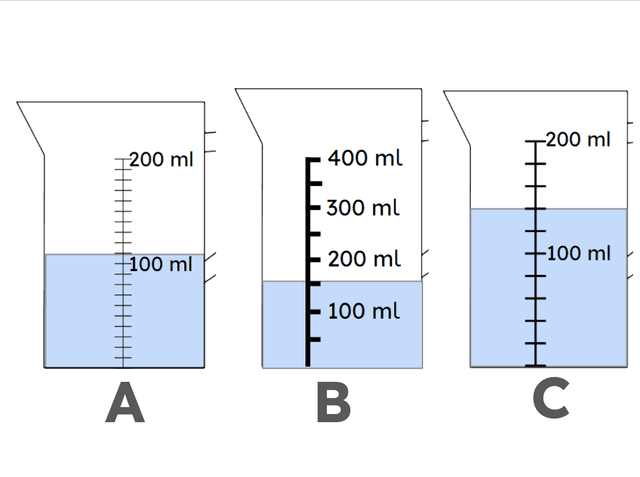Myths about teaching can hold you back
- Year 3
Measuring the volume of liquids using millilitres.
I can measure the volume of liquids using millilitres.
- Year 3
Measuring the volume of liquids using millilitres.
I can measure the volume of liquids using millilitres.
These resources were made for remote use during the pandemic, not classroom teaching.
Switch to our new teaching resources now - designed by teachers and leading subject experts, and tested in classrooms.
Lesson details
Key learning points
- The volume of liquid in a container can be measured in millilitres.
- When comparing volume, if the containers are the same, we can compare the level of liquid in the container.
- When comparing volume, if the containers are different, we need to take read the scale on the measuring container.
- Counting in 10s, 20s, 25s and 50s helps to read scales.
Keywords
Volume - Volume is the amount of space that an object takes up. In this case, the specific amount of liquid in a container.
Millilitre - The millilitre is a metric measure of capacity or volume. A millilitre is a very small amount of liquid. The abbreviation is ml.
Common misconception
Children may read the scale incorrectly - confusion between equal parts and marks on the scale.
The scale is a number line. Remember to look at the number of equal parts between the marked numbers not the marks themselves.
To help you plan your year 3 maths lesson on: Measuring the volume of liquids using millilitres., download all teaching resources for free and adapt to suit your pupils' needs...
To help you plan your year 3 maths lesson on: Measuring the volume of liquids using millilitres., download all teaching resources for free and adapt to suit your pupils' needs.
The starter quiz will activate and check your pupils' prior knowledge, with versions available both with and without answers in PDF format.
We use learning cycles to break down learning into key concepts or ideas linked to the learning outcome. Each learning cycle features explanations with checks for understanding and practice tasks with feedback. All of this is found in our slide decks, ready for you to download and edit. The practice tasks are also available as printable worksheets and some lessons have additional materials with extra material you might need for teaching the lesson.
The assessment exit quiz will test your pupils' understanding of the key learning points.
Our video is a tool for planning, showing how other teachers might teach the lesson, offering helpful tips, modelled explanations and inspiration for your own delivery in the classroom. Plus, you can set it as homework or revision for pupils and keep their learning on track by sharing an online pupil version of this lesson.
Explore more key stage 2 maths lessons from the Measures: mass and capacity unit, dive into the full primary maths curriculum, or learn more about lesson planning.

Licence
Prior knowledge starter quiz
6 Questions
Q1.Look at this sequence of numbers. Which number would come next?

Q2.Look at the number line. Label the missing number.

Q3.Look at the scale on the jug. Which number is missing?
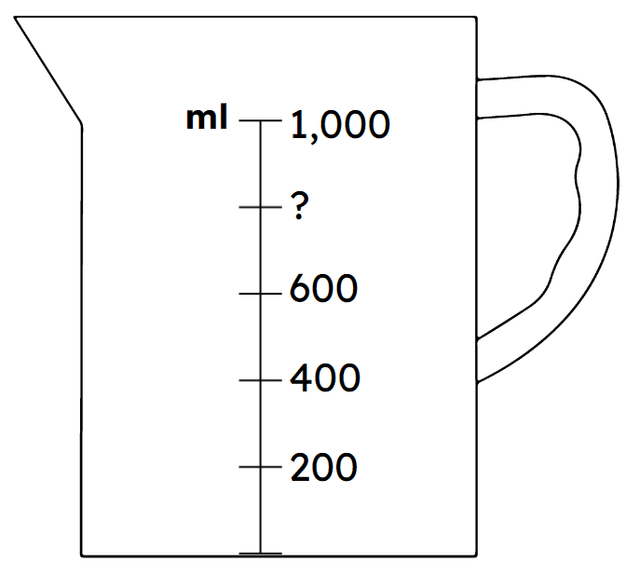
Q4.Look at the containers. Which has the smallest capacity?
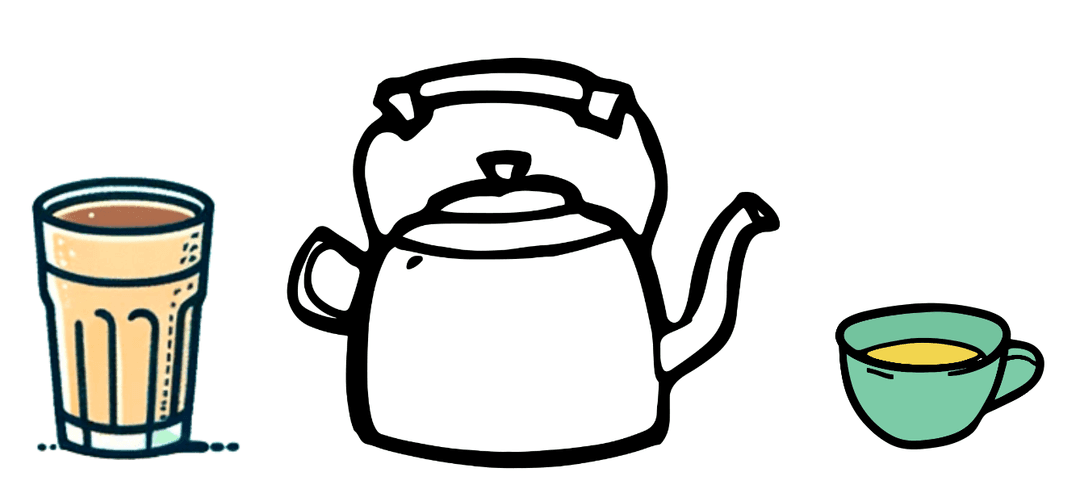
Q5.Look at the jugs. Which contains the greatest volume of liquid?
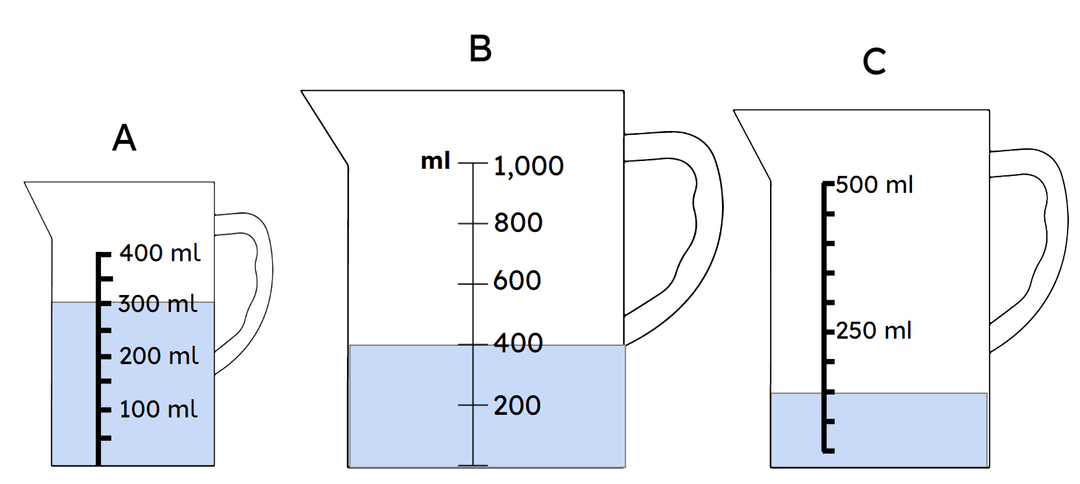
Q6.Starting with the smallest volume, put these jugs in the order of the volume of liquid that they contain.
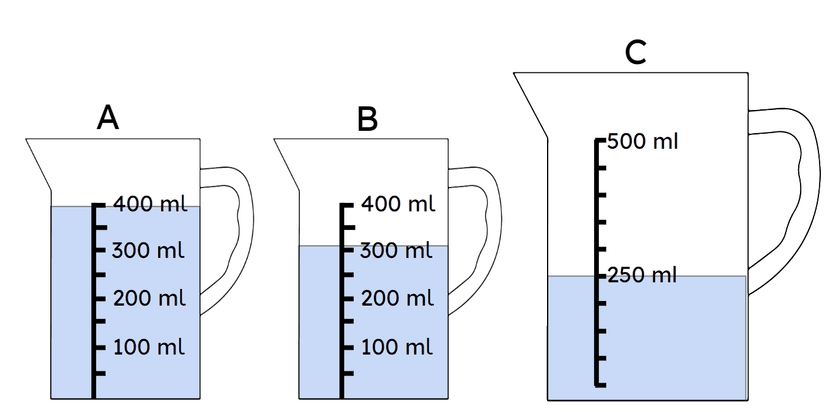
Assessment exit quiz
6 Questions
Q1.Look at the scale on this jug. How many equal parts are there between the marked interval of 1,000?
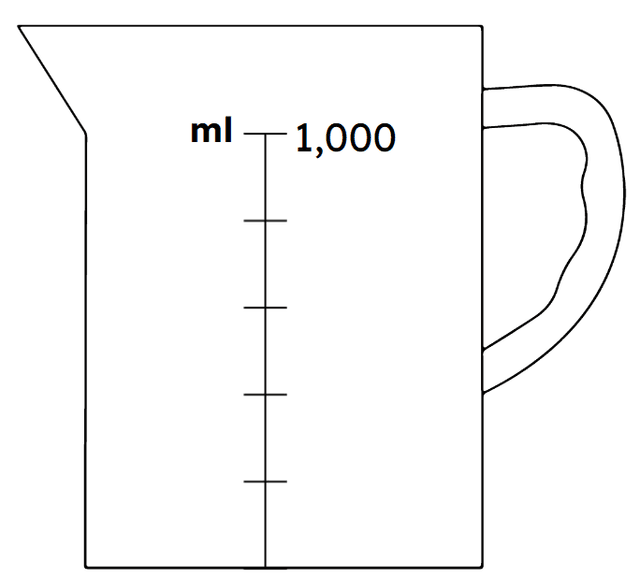
Q2.Look at the scale on this jug. What is the value of each unmarked part?
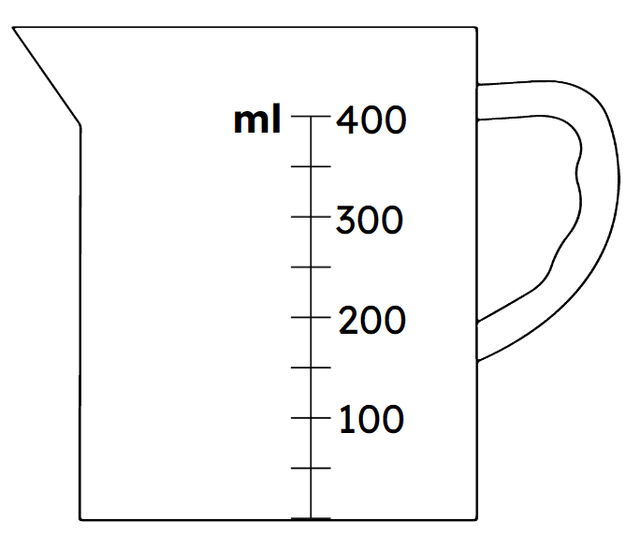
Q3.True or false? The volume of liquid in this jug is 120 ml?
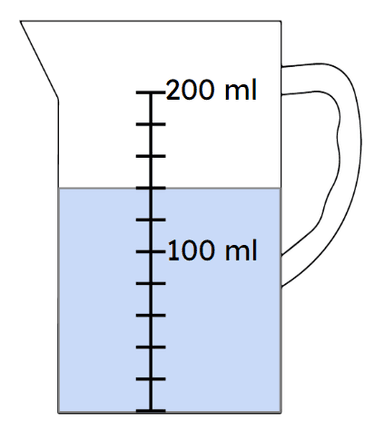
Q4.Match the jug to the volume of liquid that it is holding.
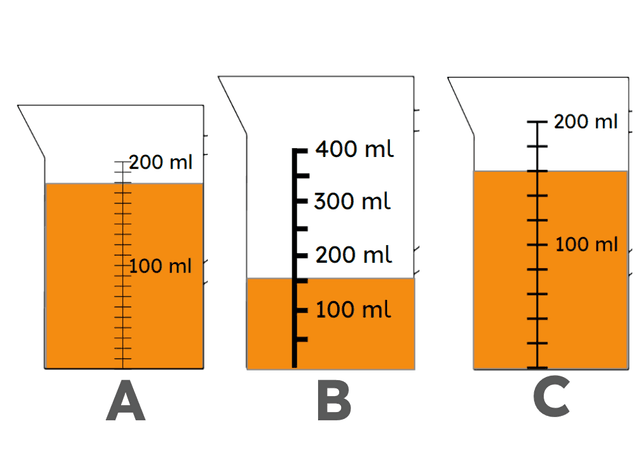
180 ml
150 ml
160 ml
Q5.Look at the jugs. How much more water is in Jug A then Jug B?
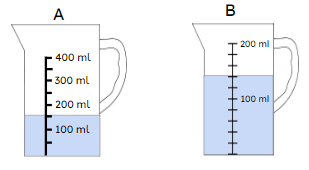
Q6.A jug contains 75 ml water. Another 75 ml of water is poured into the jug. Which of these jugs represents the volume of water that would now be in the jug?
